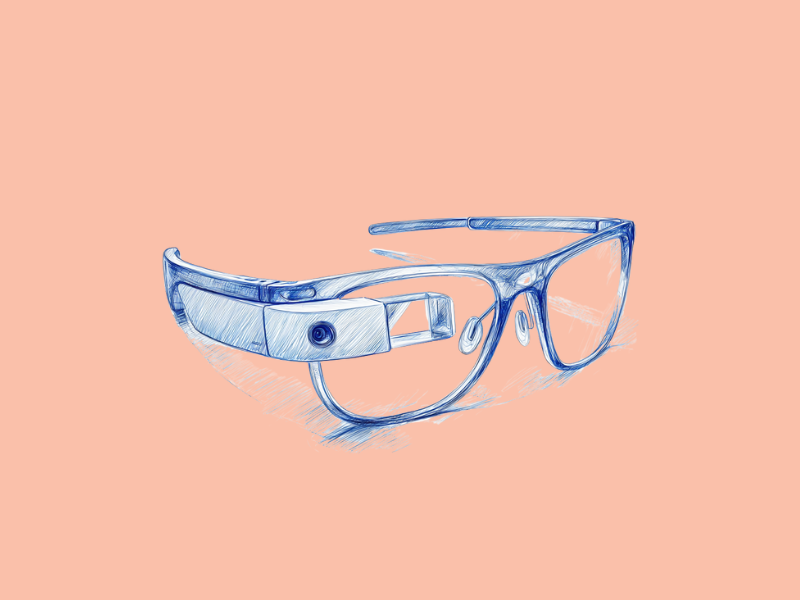Randomly hearing a rock ping off your windshield while driving can be a jarring experience. Even the smallest chip can spread across the glass, as stress lines form and expand under the constant forces of wind pressure, thermal shifts, and the vibrations on the road.
The concept of a self-healing car windshield is pushing the boundaries of what drivers expect from modern vehicles. What once sounded like a futuristic idea is now backed by real research in advanced materials and smart glass.
In this article, we’ll look at why current windshields are still prone to cracks and costly repairs, how new technologies such as adaptive glass and AI-driven safety systems are reshaping the industry, and where the science of self-healing glass stands today.
The Limitations of Current Windshields
In the past, windshields were primarily designed to protect drivers from wind and debris on the road. They were manufactured from simple tempered glass, which offered some strength but could break into sharp fragments.
While laminated safety glass has significantly improved driver and passenger protection by preventing dangerous breakage, windshields remain one of the more fragile parts of a vehicle. The combination of embedded sensors, adhesives, and specialized materials makes repairs complex and replacements costly. Over time, constant exposure to heat, cold, and vibrations also reduces the glass’s durability.
For many drivers, this leads to higher maintenance expenses and a growing concern about whether their windshield will hold up over the life of the vehicle. The introduction of automotive smart glass is redefining what a windshield can do.
The Rise of Smart Windshield Technology
Smart auto glass refers to a new generation of vehicle glass that goes beyond basic protection. Unlike traditional windshields, it can adjust its properties in response to light, temperature, or driver input. Some common features of smart auto glass include:
- Adaptive Tinting: While windshield tinting has been around for many years in the form of static films and coatings, adaptive tinting introduces electrochromic materials that can shift transparency in real time. On bright, sunny days, the glass darkens to reduce glare, while in cloudy or nighttime conditions, it lightens to improve visibility.
- Heads-Up Displays (HUDs): Instead of constantly shifting attention between the road and the dashboard, drivers with HUDs can see key details like speed, turn-by-turn directions, or collision warnings right on the windshield. This makes driving more intuitive and gives drivers more time to respond to changing road conditions.
- Augmented Reality Overlay: Instead of relying only on dashboard screens, drivers can see lane markings, navigation arrows, or hazard alerts displayed on the windshield itself. This integration strengthens crash prevention technology by ensuring drivers receive clear, actionable information exactly when they need it.
- Embedded Sensors: Smart windshields are now equipped with rain sensors, lane monitoring systems, and calibration tools for ADAS. These features already support intelligent vehicle safety systems, but their true potential is realized when combined with AI. The same AI capabilities that route critical alerts in disasters can be adapted to interpret windshield sensor data in real time. In addition to creating content and designing homes, AI can also interpret complex streams of sensor data in real time. By doing so, it helps vehicles respond faster to hazards, optimize crash prevention technology.
- Acoustic and Thermal Control: Modern smart windshields often include laminated layers that reduce outside noise and help regulate interior temperatures. While these benefits are less obvious than features like displays or sensors, they make long drives quieter, reduce reliance on air conditioning, and help the vehicle operate more efficiently in both hot and cold weather.
Can a Windshield Really Heal Itself?
Another smart auto glass feature making waves among automakers and researchers is self-healing technology. While the idea of glass repairing small chips and cracks on its own is intriguing, the reality is that the technology is still in its early stages and not yet ready for everyday use.
Hearing the words “self-healing glass” can give the impression of a windshield that completely restores itself after cracking. In practice, the technology is more about slowing damage than reversing it entirely. A self-healing car windshield is designed with special materials or coatings that can repair small scratches or microcracks on their own.
Instead of spreading into larger fractures, the damage is sealed at the surface, helping the glass maintain its strength and clarity for longer periods. This makes the technology promising but not yet practical for drivers today. Until it becomes mainstream, prompt intervention through professional damage repair for cracked windshields is the most effective way to ensure long-term performance and safety.
Conclusion
The evolution of windshield technology shows how far automotive safety has come and how much potential remains untapped. From adaptive tinting and augmented reality overlays to the early promise of self-healing glass, innovations are reshaping how drivers experience the road. AI plays a crucial role in this shift, turning embedded sensors into tools that predict hazards and strengthen crash prevention technology. While the day when windshields can repair themselves is still ahead, the direction is clear.
For now, maintaining safety depends on timely repairs and keeping glass in top condition, but the future points to windshields that are smarter, stronger, and more resilient than ever before.

